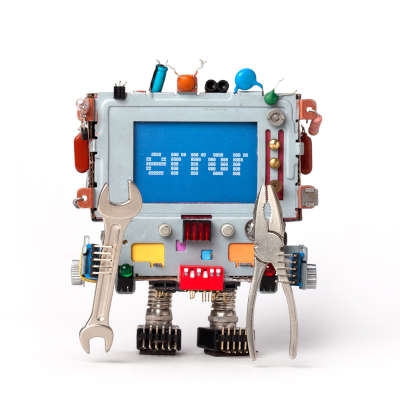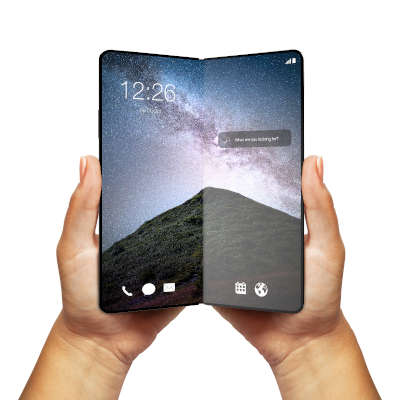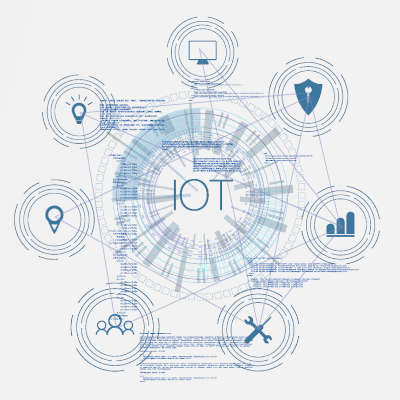While looking to the past isn’t often an idea tied to information technology, there are times when it can play a valuable role in your strategy for it. Let’s look at some modern IT concepts that rely on foundational ideas set back in the day.
In business, building a strategy that produces results is the goal. If you are looking, you can find all types of stories about entrepreneurs changing the tried-and-true methods and finding abrupt (and sometimes sustainable) success. These stories may even have you questioning the way that you do business, especially if things aren’t going terribly well. Rest assured, that the best thing that can happen is to build processes that promote consistency.
It’s no secret that 2020 has been relatively tough on all of us, down to the technology that so many use and rely on each year. Now that we’re in the home stretch towards a hopefully better 2021, let’s look back at some of the technologies that didn’t deliver as promised and some of the other issues that we saw this year—some relatively harmless, and some decidedly not.
For the past couple of weeks we’ve taken a look at the 2020 flagship smartphones as well as some innovative new devices that are available now. This week, we will take a look at some of the budget options that are available to consumers. Not everyone has $1,000 to pay for a smartphone, but there are some pretty solid options out there that can provide a sufficient user experience to meet people’s mobile challenges. Let’s take a look at some of the options.
Last week, we explored the flagship smartphone market. This week we thought we would explore some innovative new devices. There have been some advances in some of the technology used by smartphone manufacturers to create cool new features. Today, we take a look at some of these devices.
The modern smartphone user is dedicated, spending an average of three hours and 15 minutes per day using them. On average, people check their phones 58 times a day. With this amount of traction, it’s not a surprise that people want to get the best devices they can. Today, we will take a look at what makes a flagship phone, and give you a couple of popular options that are available for the power user right now.
For a couple years leading up to 2020, the Internet of Things was all the rage, but for obvious reasons, IoT hasn’t been at the top of many IT administrator’s minds unless it was in an effort to secure file access for the endpoints of a newly remote workforce. Despite the questions surrounding revenue and budgets, IoT can bring a lot of value to the small business. Let’s take a look at today’s IoT and talk about a few options that you can use for yours.
Drones are a technology that comes with some controversy, but also some real utility. Known best as an unmanned deterrent measure used by governments, today drones are used for a multitude of different tasks. Today we’ll discuss how drone technology has expanded over the past several years.
There is no denying that the COVID-19 pandemic has caused some major operational shifts in how most businesses conduct themselves and their processes, with many of these shifts relying on technology solutions. While there’s still no telling for certain how much longer these conditions will persist, we predict that many businesses won’t abandon these solutions once the present danger has passed. Let’s discuss why we have this expectation.
To effectively manage the risk that your business is under due to cybercriminals and their activities, it is important to acknowledge what attacks your business may soon have to deal with. Due to the increased accessibility of artificial intelligence and related processes, we predict that cybercrimes will likely use AI to their advantage in the very near future.










